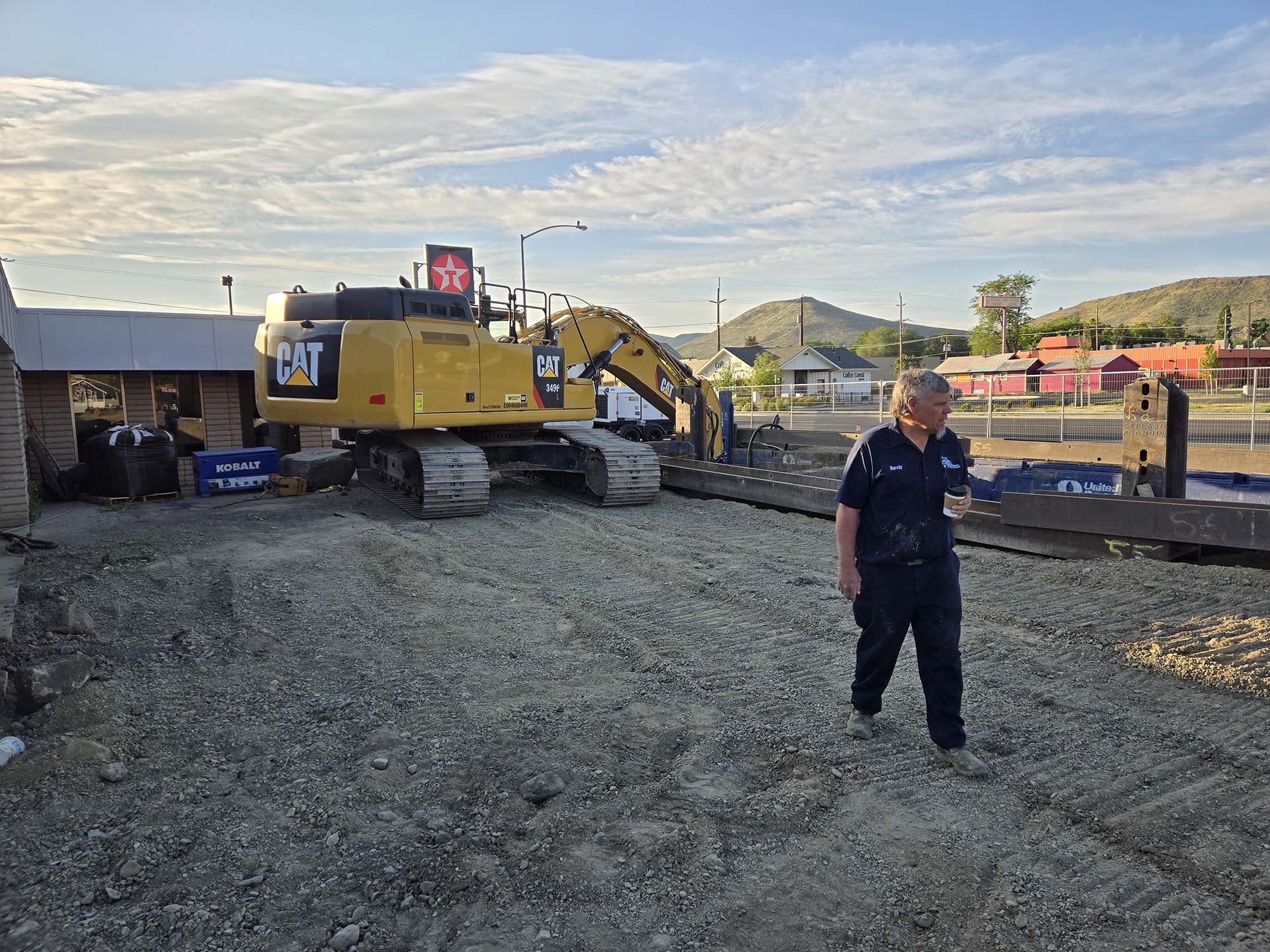COLUMN: Crater Lake always lives up to its reputation
Published 9:40 am Friday, August 30, 2019
I underestimated Crater Lake.
Which is not an easy thing to do with a lake that’s almost 2,000 feet deep and clogs the collapsed throat of a volcano that until very recently, geologically speaking, was taller than Mount Hood.
Perhaps I’ve been jaded by recent visits to better-known phenomenon of both the natural variety — the Tetons and Death Valley, for instance — and the unnatural — Mount Rushmore.
All three of those places lure more visitors than does Crater Lake, which is Oregon’s lone national park.
Considerably more in the case of Grand Teton National Park (3.5 million visits in 2018), Mount Rushmore (2.3 million) and Death Valley National Park (1.7 million). Crater Lake’s visitor count last year was 720,000, which barely put it in the top 100 (97th) among 378 sites managed by the National Park Service.
I think it’s more likely, though, that I simply took Crater Lake for granted.
I have been there several times, for one thing.
And because I don’t even need to leave my native state to see the lake, it seems to me that I don’t afford the place the same cachet of exoticism I reserve for other states whose sights and ways I am not so familiar with.
I suspect I am similarly dismissive, however unconsciously, of other Oregon attractions, such as the Cascade volcanoes, the coast and Multnomah Falls, that undoubtedly leave residents of less amply endowed states in awe.
(I’m thinking here of, say, Kansas or Iowa, states where the highest point for miles around might well be a grain silo rather than a basalt butte.)
But my complacency disappeared immediately on the afternoon of Aug. 18 when we rounded a corner on the Rim Drive and had our first glimpse of Crater Lake.
I very nearly had to pull over to the shoulder and gather myself. The scene was so singular, so fantastically strange, that I could scarcely resist the urge to stare at the lake rather than make sure I didn’t crash into an oncoming car or careen off a cliff.
(And there is no scarcity of cliffs at Crater Lake. Nor of oncoming cars, at least on an August weekend, no matter the park’s comparatively meager visitor tally.)
At any other time I would insist that no body of water could impress me as much as a mountain. I suppose it’s because I spend most of my time on land rather than in water, but when I look upon a craggy peak I can imagine what it would be like to stand atop a fin of stone, or to try to ascend a nearly sheer slope.
Water doesn’t have the same effect on me.
Except Crater Lake is different.
Its color is its most compelling attribute — a shade of blue that’s unique. I think it’s a fool’s errand to try to describe the lake through the conventional means of comparison. The water’s hue is so distinct from the blue of the sky or the sea or a gemstone to make such analogs not merely irrelevant but indeed misleading.
I abhor and so normally eschew clichés, but one is perfectly appropriate with regard to Crater Lake.
You truly must see it to believe it.
And even when you see Crater Lake the scene is so jarring in its novelty that it can seem, however briefly, to be the product of something other than nature.
0 0 0
Went for a bike ride Sunday, in the velvet light that previews dusk, and I felt on my cheeks the breath of autumn on the August breeze.
This was not the genuine article, to be sure.
But waning August can sometimes put on a pretty fair approximation of the season to come, can make the shelter of a light jacket feel cozy for the first time since May (or June, what with our obstinate climate).
At the risk of veering into matters more mystical than scientific, this feeling that the fulcrum between seasons has begun to tilt to a discernible degree can’t always be gauged with precision by a thermometer.
The temperature during the bike ride was perhaps a few degrees lower than what it was around twilight a couple weeks earlier.
Yet the quality of the air was decidedly different, the delineation between the light and the dark more abrupt and somehow harsh.
It was still perfectly pleasant, lacking the true chill of October. There were even a couple of sorties by mosquito, a symbol of summer as certain as the s’more.
But it was obvious too that this wasn’t the apotheosis of a summer evening, when dusk falls but the temperature barely does, and you know that even at dawn the air will remain oppressive.
Summery temperatures will likely persist for at least a few more weeks, of course.
Indeed, just a few days after the bike ride the afternoon sun was as scorching as in late July.
But a milestone had passed just the same, as it does every year.
And for me that threshold moment happened while I was pedaling, the silhouette of the Elkhorns etched on the western skyline, and the frost, the inevitable ice, not far beyond.
Jayson Jacoby is editor of the Baker City Herald.





